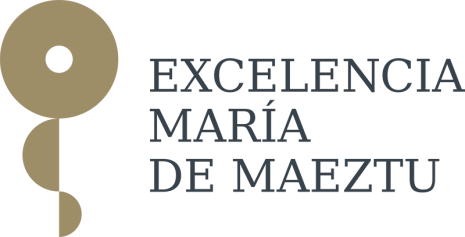This is the 19th meeting of the Geometrical Seminar which started its activities during the eighties in the last century, under the name Yugoslav Geometrical Seminar. At the beginning, the seminar was of the national level. With great efforts meetings were organized even in the difficult period of the nineties, but, nevertheless, the level of meetings has raised, the 17th and 18th Geometrical Seminar, which took place in Zlatibor 2012 and Vrnjacka Banja 2014, had over 100 participants from more than 30 countries. The aim of these meetings is to bring together mathematicians and physicists interested in geometry and its applications, to give lectures on new results, exchange ideas, problems and conjectures.
Conference topics
Differential Geometry, Topology, Lie Groups, Mathematical Physics, Discrete Geometry, Integrable Systems, Visualization, as well as other subjects related to the main themes are welcome.
Preliminary list of Speakers
Dmitri Alekseevsky (Brno, Czech Republic), Nicolas Andruskiewitsch (Cordoba, Argentina)*, Vitaly Balashchenko (Minsk, Belarus), Pavle Blagojević (Berlin Germany), David Blair (East Lansing, USA), Miguel Brozos-Vazquez (La Coruna, Spain), Victor Buchstaber (Moscow, Russia), Bang-Yen Chen (East Lansing, USA), Ryszard Deszcz (Wroclaw, Poland), Ivko Dimitrić (Penn State, USA)*, Branko Dragovich (Belgrade, Serbia), Vladimir Dragović (Belgrade, Serbia), Maria Josefina Druetta* (Cordoba, Argentina), Boris Dubrovin (Moscow, Russia)*, Anatoly T. Fomenko (Moscow, Russia)*, Eduardo Garcia-Rio (Santiago de Compostela, Spain)*, Fabio Gavarini (Roma, Italy)*, Peter B. Gilkey (Eugene, USA)*, Graham Hall (Aberdeen, UK)*, (Belgrade, Serbia), Eduardo Hullet (Cordoba, Argentina), Stefan Ivanov (Sofia, Bulgaria), Božidar Jovanović (Beograd, Serbia), Oldrich Kowalski (Prague, Czech Republic)*, Vladimir Marković (Caltech, USA)*, Miodrag Mateljević (Belgrade, Serbia), Koji Matsumoto (Yamagata, Japan), Dmitry Millionschikov (Moscow, Russia)*, Svetislav Minčić (Niš, Serbia), Andrey Mironov (Novosibirsk, Russia), Emil Molnar (Budapest, Hungary), Yuri Nikolayevski (Melbourne, Australia), Masafumi Okumura (Saitama, Japan), Barbara Opozda (Krakow, Poland), Taras Panov (Moscow, Russia), Konrad Polthier (Berlin, Germany), Mileva Prvanović (Belgrade, Serbia), Vladimir Rovenski (Haifa, Israel), Nataša Šešum (Ruthgers, USA), Alessandro Savo (Roma, Italy), Udo Simon (Berlin, Germany)*, Marko Stošić (Beograd, Serbia), Svjetlana Terzić (Podgorica, Montenegro), Iskander Taimanov (Novosibirsk, Russia), Alexey Tuzhilin (Moscow, Russia), Leopold Verstraelen (Leuven, Belgium), Andrei Vesnin (Novosibirsk, Russia), Luc Vrancken (Valenciennes, France).
*-to be confirmed
International advisory committee
Dmitri Alekseevsky (Brno, Czech Republic), David Blair (East Lansing, USA), Victor Buchstaber (Moscow, Russia), Bang-Yen Chen, (East Lansing, USA) Branko Dragovich (Belgrade, Serbia), Boris Dubrovin (Moscow, Russia), Anatoly T. Fomenko (Moscow, Russia), Peter B. Gilkey (Eugene, USA), Graham Hall (Aberdeen, UK), Oldrich Kowalski (Prague, Czech Republic), Miodrag Mateljević (Belgrade, Serbia), Svetozar Minčić (Niš, Serbia), Emil Molnar (Budapest, Hungary), Masafumi Okumura (Saitama, Japan), Mileva Prvanović (Belgrade, Serbia), Udo Simon (Berlin, Germany), Hellmuth Stachel (Vienna, Austria), Leopold Verstraelen (Leuven, Belgium), Luc Vrancken (Vallenciennes, France)
Registration
All participants are kindly asked to fill in the registration form, or submit it as an e-mail to the geometricalseminar2016@gmail.com, until April 15, 2016.




 Visit our channel
Visit our channel
